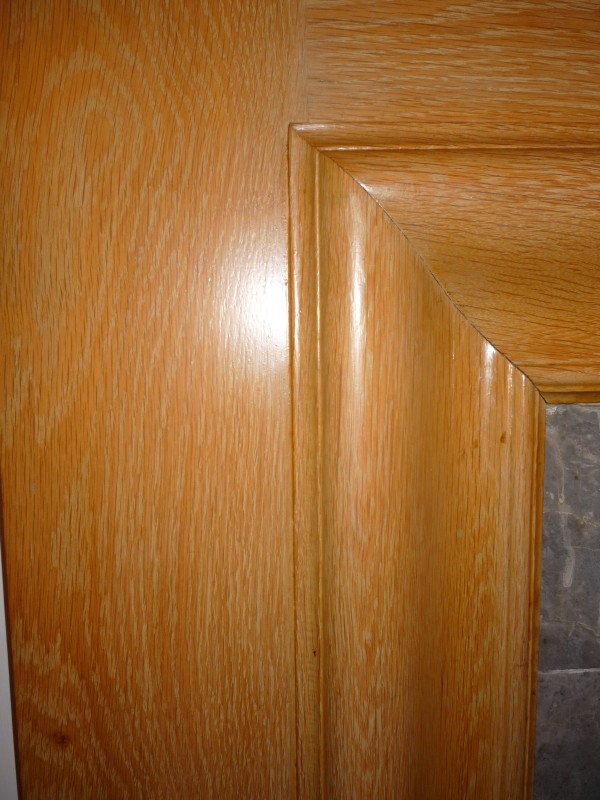Glossy, Durable Table Finish
Finishers suggest coatings for a kitchen table top that may see some hard use. September 11, 2006
Question
I am in the final steps in building a black walnut kitchen table with some curly maple inlay pieces. A previous coffee table I made was finished with multiple coats of semi-gloss Spar Urethane sanded with 220 between each coat. I am happy with the finished look that this produced but am looking for a super smooth, glossy and very hard and durable finish for the kitchen table (small boys who like to bang items during meals). What is the best combo of finish products available and what is the best technique for achieving this? I will not be using any stain on this project. I would prefer to spray the coats with an hvlp sprayer and do not mind taking as many steps as needed to achieve a top quality finish? Can anyone please explain the materials needed and the proper steps?
Forum Responses
(Finishing Forum)
From contributor A:
Use a high build 2K Euro poly. Very tough and can be had in a very glossy sheen. I haven't used it before so I can't give you a finishing schedule.
Use these - xxx EU301 78 EU303 78 EU303 74 EU303 72 (EuroBild Clear 2K Poly)
You need to use their sealers, thinners etc. because it is a system. ICA also has some good finishes in 2K but I have no information about them.
From contributor B:
EuroBild is a good system. You must use a sealer which should be thinned to allow proper flow and can be applied wet on wet (two coats of sealer are advisable). Allow the sealer to dry overnight, then sand with 220 sandpaper and apply two coats of topcoat using the wet on wet application. Both sealer and topcoat should be applied at 3-5 wet mils. M.L. Campbell manufactures the Euro product.
From contributor C:
Call Allied Piano for 2K urethane that is easy to sand and buff out. Be prepared because you have a short window to sand and buff.
From the original questioner:
Thanks for the information thus far. Is there another method that can accomplish something similar? I have read about Waterlox and it seems pretty straight forward – sealer, then two top coats with 220 between coats, then after about two weeks buff out and wax to appropriate sheen. Has anyone used the Waterlox system? What about a lacquer set up?
From contributor D:
Waterlox is an excellent phenolic resin with Tung oil varnish. I wait at least a day between coats and it usually takes 4 or 5 coats for me to get a good finish. If you want something other than gloss, get the satin version - it smells funny but works great.
